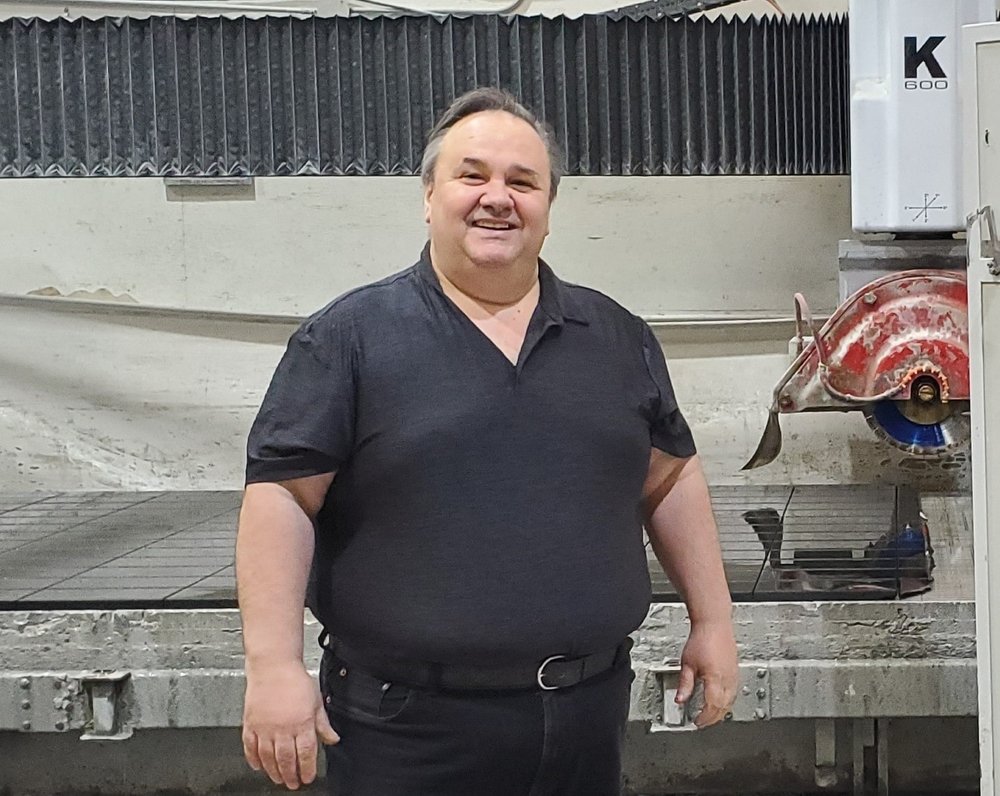
All photos courtesy Acora Acoustics
There are few guarantees in life but one I’ve come to expect is hearing great sound in Acora Acoustics’s room at an audio show. It never fails; I sit in my seat in front of a system fronted by Acora speakers being fed by some of the world’s best audio gear, and when the music begins to unfurl I invariably become transported in time. Actually, scratch that. Using time as a metaphor to describe the sensation I feel when I listen to Acora speakers doesn’t fully do the experience justice. The sound I hear transcends time. It erases it. What I sense when I hear Acora speakers is a limitlessness. Their sound is free, effortless, vast, spacious. I get the impression that I’m just there—witnessing the performance in a vivid space. If time somehow should apply, I would say that Acora speakers make music that sounds explicitly in the moment, brimming with the visceral energy of a real-life event.
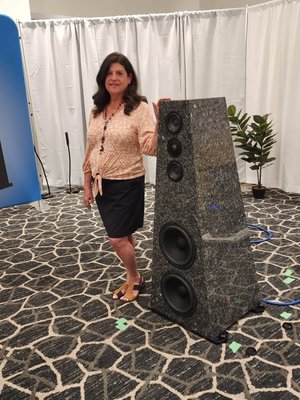
If you think this is all just a bunch of hyperbole hooey, I’d like to point out that I’m not alone in my affections for Acora speakers and of their sound at audio shows. Audio critics who’ve heard them seem overwhelmingly impressed. Acora speakers keep collecting great reviews, but none with such buzz, perhaps, as Acora’s latest flagship speaker, the VRC, which seemed to have bedazzled droves of critics and visitors alike at this year’s Florida International Audio Expo. The facts that the VRCs cost north of $200,000 US/pair and, due to their granite construction, weigh 430lbs each, didn’t seem to hamper people’s enthusiasm for them. I imagine that’s because once people heard them, they got them. They understood that their sound and construction were intrinsically tied together.
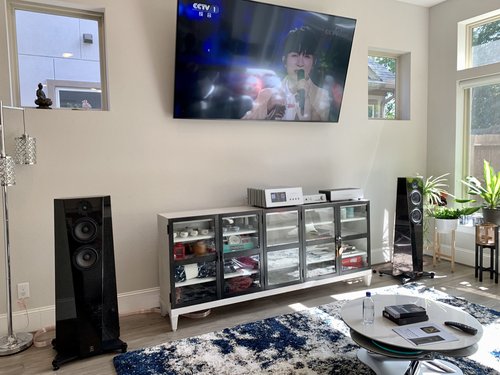
In a recent Zoom chat with Acora Acoustics founder / speaker designer Val Cora and his wife Sheree, who are based in Ontario, I learned that both are long-standing audio enthusiasts. Both work together at the company, but, as Sheree said about their responsibilities, at different extremes. It was immediately obvious that Val, who builds the speakers, is passionate about speaker design and speakers in general, as he counted off the long list of speakers he’s owned or owns, complete with their respective sonic attributes, with the ease of someone reading off a cue card. I asked Val if he could narrow the list to a favorite speaker, one he loved above all the others—besides his own, of course.
“If I had to get rid of the Acora speakers I use and use somebody else’s speakers,” said Val, “without getting into the modern speakers but sticking with the vintage ones I own, and I own quite a few marquee ones, I’d choose the Magnepan Tympani 1Ds, built in the early ‘70s by Audio Research and Magnepan. They’re 6’ by 6’. They’re huge, but they have a magical midrange that almost nothing else in history can match.”
That said, “I went into speaker design because none of the speakers I have or heard did everything I wanted them to. So I try to take the best elements of those speakers—the midrange magic, dynamics, warmth of this or that speaker—and combine them into my company’s products.” So it was a lack in the performance in the other speakers that motivated Val to build his own? Or was it because he had a particular sound in mind that he wanted to capture?
“I don’t think it was any of that,” Sheree said, glancing at her husband. “I’m going to say it wasn’t because of what the other speakers were lacking. It was his knowledge of granite and different materials. He knew what the sound could be.”
“I was looking for the next level,” Val said. “We can talk about modern speakers, too. I’ve had many great ones here. They all did great things, but I always felt there was a higher gear missing. When I built my first pair of stone speakers, I was 14- or 15-years-old. So I knew what the possibilities were. I knew the magic stone speakers were capable of that other speakers were, in my opinion, missing. Hence, I went forward to do what I thought would make a magical speaker, which I believe we’ve accomplished.”
What exactly was Val’s background in stone? “My family owned a marble restoration company, so I helped with that on the weekends while I worked in one of the local audio stores. I also did car audio and built speakers and electronics on the side. I DJ’d, was a musician, played in jazz bands. They were all part of my growing up. It wasn’t, ‘I did this then switched to that’, they were all integral to who I was and what I wanted.
“When I helped out in the stone business and worked at the audio store”, he continued, “was when B&W (Bowers & Wilkins) introduced their Matrix speaker. They were the first ones to admit that cabinet resonances causes problems. So they were going to put foam inside a matrix to try and control that resonance. I looked at it and said, ‘yeah, this is a great Band-Aid. Why don’t we do it properly?
“Why don’t we start with a stone cabinet? I built my own speakers, using the midrange and tweeter from a B&W 801. So, I heard what stone could bring. It was the engineering and the materials and the stone working that had to catch up to make this into a truly remarkable product.”
I tell him how great that is, that he had two things going on at the same that he was able to merge together to help him realize a dream. Was it always about speakers, or might he have gone instead into electronics?
“I was determined to get into the loudspeaker side of it,” he said. “I did look into amplification briefly, but it was always the speaker side that drew me in.
“I always had what I considered great amplification. I started out with early Luxman Z- series tube amps. I was very lucky that my retail job allowed me to bring stuff home and try it out. Like electrostatic headphones. This was the early ‘80s when the ultra high-end was starting to emerge. I looked at all this stuff and decided that speakers was the easiest place for me to see where the deficiencies were and know how to fix them.”
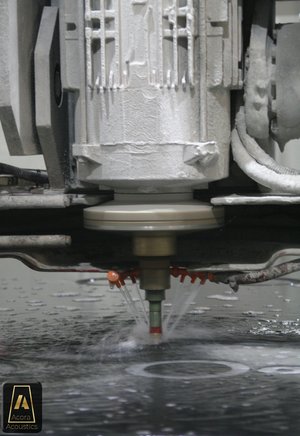
If “stone” or “granite” speakers sound so good—and the amount of praise Acora speakers have been receiving is proof that they can—why aren’t more manufacturers making them?
“Most of it is due to technical difficulties. There are companies that have tried concrete, marble, synthetic stones, and there are still companies using synthetic products, but very few. The problem boils down to how difficult it is to work with that hard a material. The techniques, the diamonds, the machinery to do this sort of stuff—it’s only been around for 10 years. Building a speaker made out of stone is a difficult process, and even now we’re having to develop our own tooling, our own machines, our own glues. Everything we’re doing is from scratch. We’ve also had a lot of difficulty convincing the industry about what we do because people look at it and say, ‘Stone? Why would you use stone? Nobody else is doing it.’”
Did people think he was crazy to get into the “stone” speaker business?
“Absolutely!” Val said. “I was facing resistance from every direction, from every company I’d approach. When I bought the machinery and said it was to build speakers, people looked at me like I was nuts. Because you just don’t do this sort of thing. But people got won over quickly when they heard what my speakers sounded like.
“I’m all about not having Band-Aid solutions. You can have a wood or aluminum or graphite cabinet, but as soon as you have to brace these cabinets you’ve admitted that there’s a problem with the structural integrity of the product. Take any other component—turntables, amplifiers, receivers. We’ve gone from wood boxes to pure aluminium chassis, machined and milled and hardened with graphite to get the most stable structure. Why would speakers not follow suit?
“They have, slightly,” he added. “Wilson Audio makes it own proprietary hard material, other speakers use aluminium. That’s because the heads of the industry have realized that the wood cabinet is a problem. Stone is the most natural material on the planet, with the greatest strength. Why not go straight to that solution? Why are we still using in-between solutions? It’s because of how difficult it is to work the stone. Walk into a stone shop and ask them to build a speaker and they’ll ask you to leave. They’re not going to want to do it.”
Is there a lot of granite that goes to waste in the making of a speaker?
“Less than before,“ said Val. “We make sure to properly programme and calibrate our machines. We invested a ton of money into jigs to save pieces. We select our materials very carefully before we ever cut them. We still get defects that end up in a garbage can, but, thankfully, we brought that down to a reasonable amount. The raw material is so expensive, so you try not to make mistakes. I was looking at a pair of granite slabs today for a potential client and each slab was $62,000, and we needed three of them to make the pair of speakers.”
Was there ever a time at the beginning when things got too hard and he almost gave up?
“No, because this was done out of love. And, because I knew what the sonic results were and I’m a perfectionist, I didn’t care what time it took. My idea initially wasn’t so much to make this into a business, but a way to feed my passion, and to find someone to help finance this so we could get into a high level of product quality. That’s what drove me to making these speakers. When I did, people who heard them wanted to buy them. So I sold them, but it wasn’t viable because I was making the speakers one by one, completely by hand. I would have had to charge three to five times the price I was charging but top-of-the-line speakers in those days cost $10,000/pair, so I couldn’t. Instead, I waited until the technology caught up before I considered making this a real business.”
Acora Acoustics will be exhibiting at the upcoming Montreal Audiofest, taking place March 24-26 at the Hotel Bonaventure.


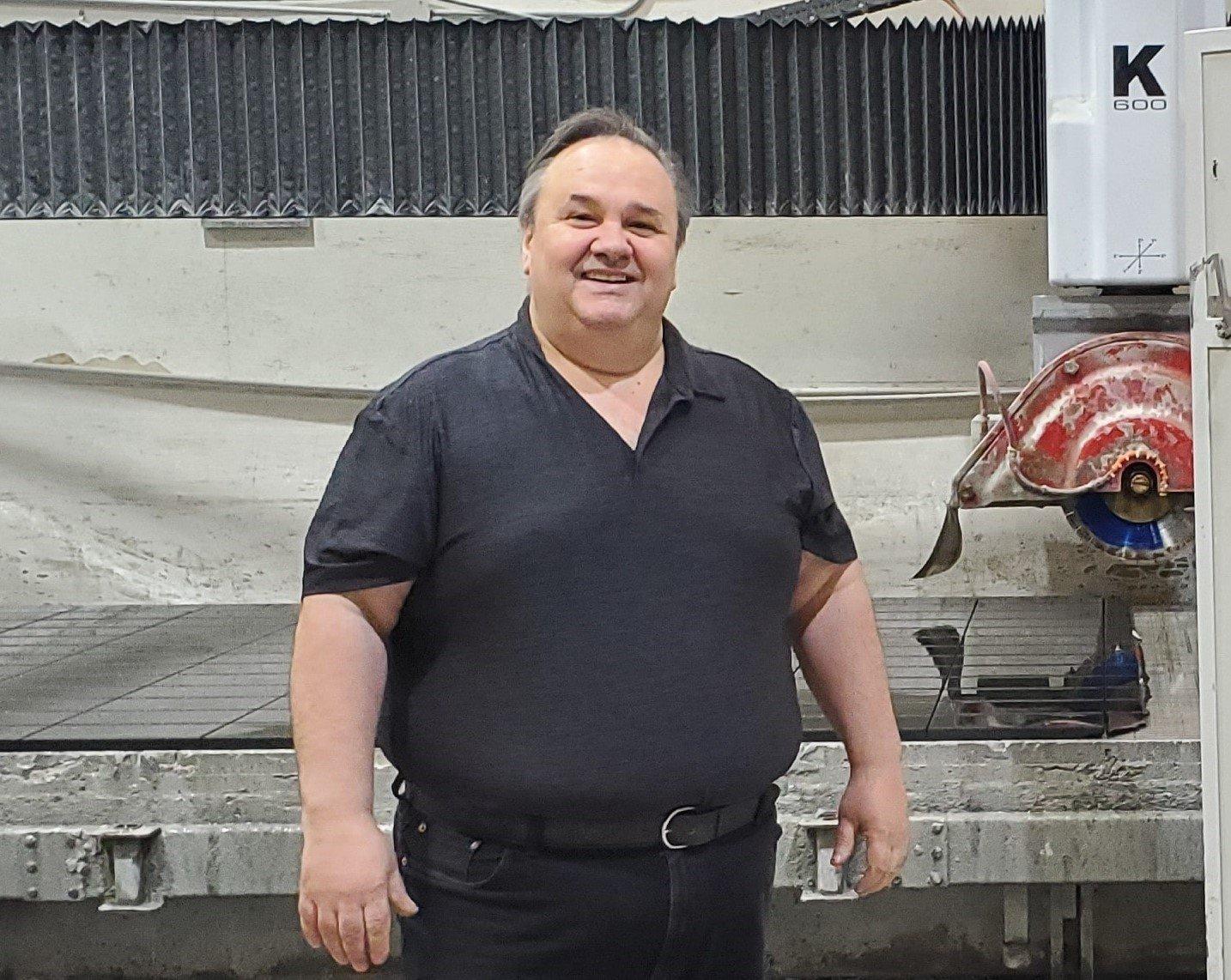







Leave a Reply